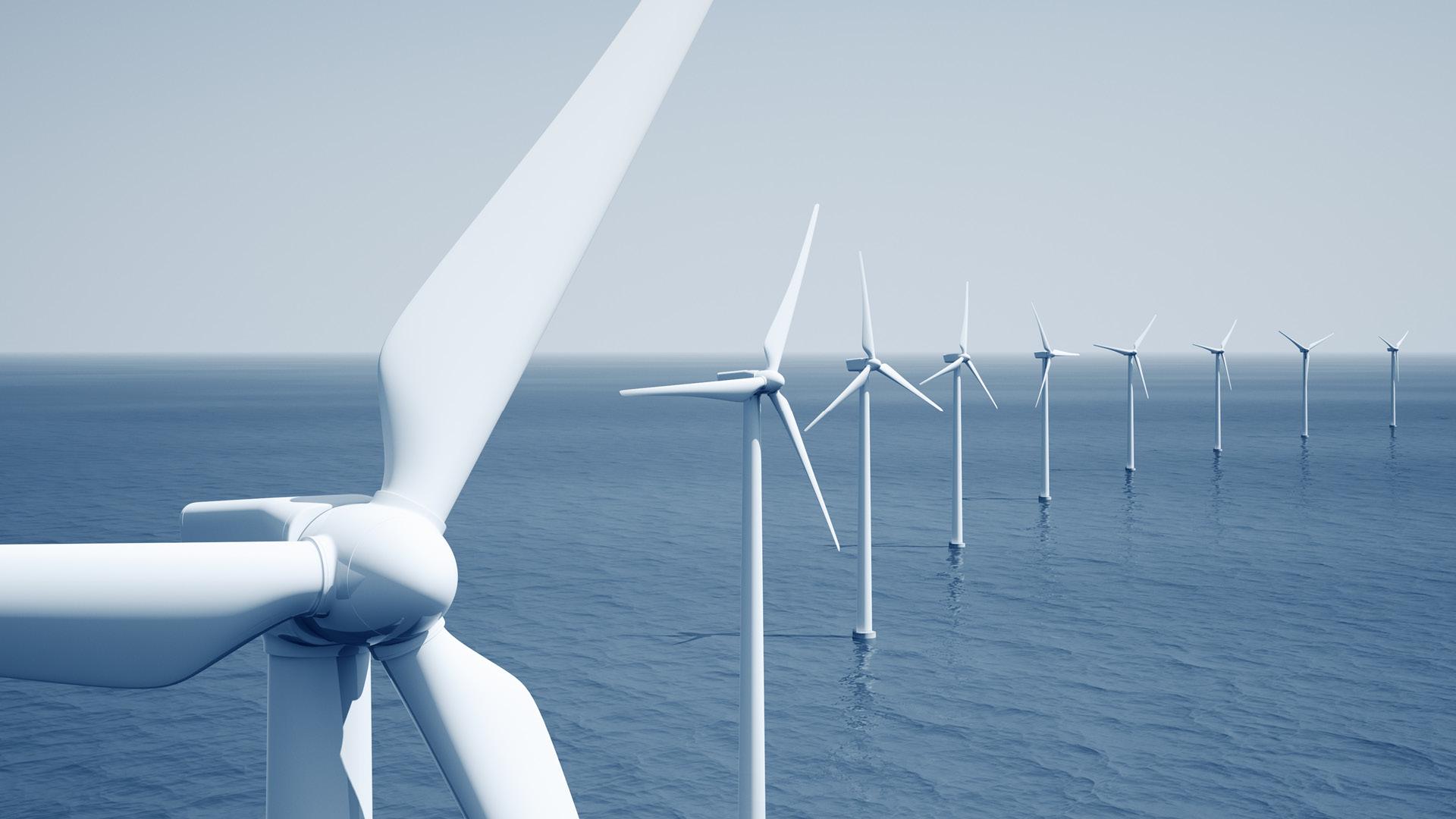In today’s rapidly evolving world, the quest for sustainable energy sources has become paramount. With the looming threat of climate change and the finite nature of fossil fuels, the need to transition to alternative energy sources has never been more urgent. Fortunately, there is a myriad of alternative energy options available, each offering unique advantages in terms of sustainability, accessibility, and environmental impact.
One of the most promising alternative energy sources is solar power. Solar energy harnesses the sun’s abundant rays through photovoltaic cells, converting sunlight directly into electricity. This renewable resource is inexhaustible, making it a reliable long-term solution for energy production. Moreover, solar panels can be installed on rooftops or in vast solar farms, making them accessible to both urban and rural areas. As technology advances, the efficiency of solar panels continues to improve, driving down costs and increasing their viability as a mainstream energy source.
Another promising alternative is wind power. Wind turbines capture the kinetic energy of the wind and convert it into electricity. Wind energy is clean, abundant, and widely distributed across the globe. Wind farms can be established both onshore and offshore, capitalizing on strong winds in coastal regions and open plains. While initial setup costs can be significant, the operational expenses of wind turbines are relatively low, making wind power increasingly competitive with traditional fossil fuels.
Hydropower, generated from flowing water, is another significant player in the alternative energy landscape. Large-scale hydropower plants utilize dams to capture the energy of rivers and produce electricity. This form of renewable energy is highly efficient and can provide consistent power output, making it a reliable source of baseload electricity. However, the construction of dams can have significant environmental and social impacts, including habitat disruption and displacement of communities. Therefore, careful planning and environmental assessment are essential when implementing hydropower projects.
Biomass energy, derived from organic materials such as agricultural residues, wood, and municipal waste, offers a versatile alternative to fossil fuels. Biomass can be converted into biofuels, such as ethanol and biodiesel, for use in transportation or heating. It can also be burned directly to produce heat or electricity. While biomass energy can help reduce reliance on fossil fuels and mitigate waste disposal issues, it is not without challenges. Concerns about deforestation, air pollution, and competition with food production highlight the importance of sustainable biomass management practices.
Geothermal energy taps into the heat stored beneath the Earth’s surface to generate electricity or provide direct heating. Geothermal power plants utilize steam or hot water from underground reservoirs to drive turbines and produce electricity. This renewable resource is abundant in regions with active tectonic activity, such as geothermal hotspots and volcanic areas. Geothermal energy is reliable, emissions-free, and can provide baseload power, making it a valuable addition to the energy mix.
Innovative technologies such as tidal and wave energy are also gaining traction as viable alternative energy sources. Tidal power harnesses the gravitational forces of the moon and sun to generate electricity from the ebb and flow of ocean tides. Wave energy utilizes the kinetic energy of ocean waves to drive turbines and produce electricity. While these technologies are still in the early stages of development, they hold great potential for providing clean and predictable energy from the oceans.
The transition to alternative energy sources is not without challenges. In addition to technological advancements, policymakers must address regulatory barriers, market distortions, and investment uncertainties to accelerate the adoption of sustainable energy solutions. Public awareness and education are also crucial in fostering a culture of energy conservation and renewable energy adoption.
In conclusion, the pursuit of alternative energy sources is essential for securing a sustainable future for generations to come. By harnessing the power of the sun, wind, water, biomass, and the Earth itself, we can reduce our dependence on fossil fuels, mitigate climate change, and preserve our planet’s precious resources. Through concerted efforts and collaboration across sectors, we can pave the way for a cleaner, greener, and more resilient energy future.…

